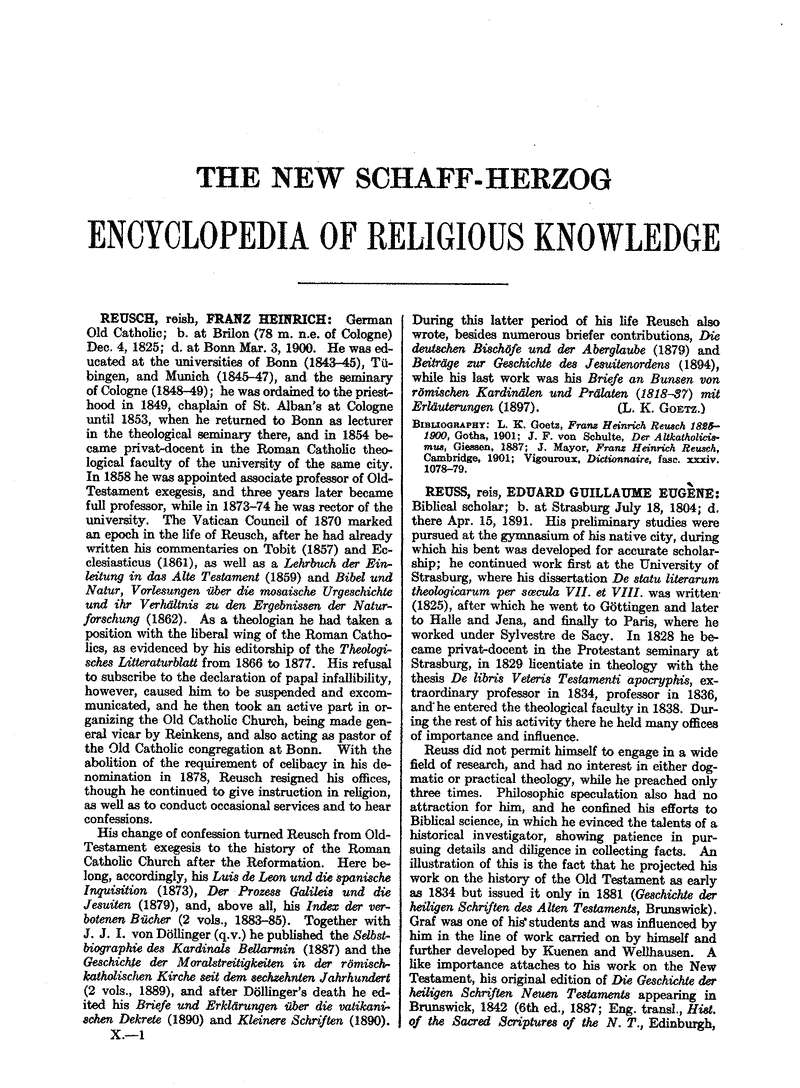
[
Page 1]
[
Page 2]
[
Page 3]
[
Page 4]
[
Page 5]
[
Page 6]
[
Page 7]
[
Page 8]
[
Page 9]
[
Page 10]
[
Page 11]
[
Page 12]
[
Page 13]
[
Page 14]
[
Page 15]
[
Page 16]
[
Page 17]
[
Page 18]
[
Page 19]
[
Page 20]
[
Page 21]
[
Page 22]
[
Page 23]
[
Page 24]
[
Page 25]
[
Page 26]
[
Page 27]
[
Page 28]
[
Page 29]
[
Page 30]
[
Page 31]
[
Page 32]
[
Page 33]
[
Page 34]
[
Page 35]
[
Page 36]
[
Page 37]
[
Page 38]
[
Page 39]
[
Page 40]
[
Page 41]
[
Page 42]
[
Page 43]
[
Page 44]
[
Page 45]
[
Page 46]
[
Page 47]
[
Page 48]
[
Page 49]
[
Page 50]
[
Page 51]
[
Page 52]
[
Page 53]
[
Page 54]
55 RELIGIOUS ENCYCLOPEDIA nitualism
Riving
thirty Mennonite families from Canton Basel, Swit
zerland, on account of long persecution. The voy
age was disastrous, one of the ships with the goods
of the emigrants being lost. One company, inclu
ding Jacob Engle and his brother John, settled near
the Susquehanna River in the southeastern part of
Lancaster County, Pa. A revival in 1770, conducted
by Lutherans, Mennonites, and Baptists, including
Philip William Otterbein (q.v.), Boehm, and the
Engles, resulted in many conversions. Differences
arose among the converts respecting the mode of
baptism and separate movements were the result.
The Engles held to trine immersion and those who
were of the same mind formed the denomination
known simply as the River Brethren, which grad
ually spread to Ohio, Indiana, Kansas, New York,
and other states, and to Canada. In 1862 the de
nomination sought a legal status as a body holding
to the principle of non-resistance. Some of its mem
bers had been drafted for the army in the Civil War,
and a legal status was needed to protect them from
a violation of their principles. At the same time
they adopted the name " Brethren in Christ," which
is also claimed by a small Mennonite body. The
River Brethren have suffered division. Differences
on minor points led to the withdrawal of the Yorker
Brethren in 1843 and in 1852 of the " Brinsers " or
United Zion's Children.
The River Brethren have no formulated creed.
They accept the doctrines known as Evangelical, and
hold to Trine Immersion (q.v.) as the only proper
form of baptism, to confession of sins to God and
man, and to the ceremony of foot-washing in connec
tion with the eucharist. Non-resistance is one of
their cardinal principles. There are bishops, minis
ters, and deacons. The deacons have charge of the
business of the churches, serve at the communion
table, and do some pastoral visiting. Ministers are
the teaching body, do parish work, and in the absence
of the bishop administer the communion. The
bishops preside at all council meetings and exercise
all the functions of the ministry. District councils
and the general conference are composed of ministers
and laymen. The latter meets annually and has
charge of the missionary work of the Church. The
denominational headquarters are at Harrisburg, Pa.
The differences between the three bodies are
slight. In the United Zion's Children in the cere
mony of foot-washing one person both washes and
wipes; in the other branches one person washes and
another wipes. The three bodies in 1908 reported
201 ministers, 98 churches, and 4,114 communicants.
The Brethren in Christ, the main body, has 174
ministers, 65 churches, and 3,675 communicants.
H. K.
CARROLL.
BIBLIOGRAPHY:
Consult the literature under
MENNONITES.



